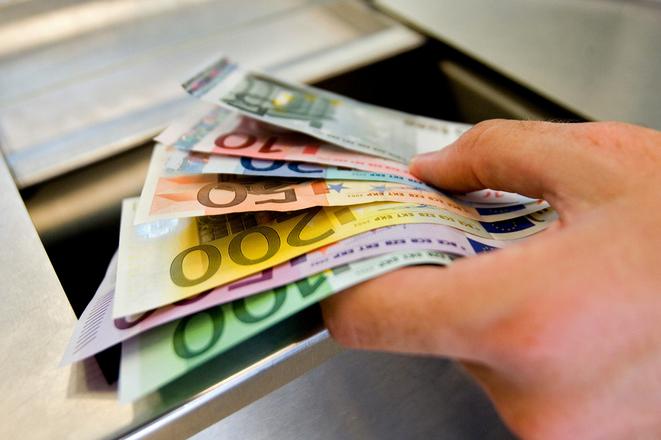The amount of money Slovaks send to the state keeps increasing. The average person paid €6,157 to the state coffers in taxes and payroll levies this year, which is €500 more than last year.
This stems from the so-called special bill (or the bill for state services), calculated by the economic think tank INESS and the Sme daily.
The annual increase of €500 is the highest since 2011, when INESS started issuing the special bills. The change in the 2015 and 2016 averages was only €405.
“This is caused by the fact that the state collects more on taxes,” INESS analyst Radovan Ďurana explained to Sme, specifying that the increase in the corporate income taxes, or new taxes, for regulated companies are behind this trend.
Another factor is the rising employment rate, which means that more Slovaks receive a salary and pay taxes and payroll levies to the state coffers. Moreover, state incomes are higher because Slovakia did not draw much money from EU structural funds last year, Sme wrote.
The biggest portion of state money is spent on pensions, to which every Slovak contributes €1,042 per year. This is because of demographic developments and the increasing number of pensioners. On the other hand, the number of people who earn money to pay these pensions is decreasing, Sme reported.
INESS also pointed to the fact that in 2017 the state will spend more money than it collects by a factor of 3 percent. As a result, the debt of every person will increase by €411, to a total of €8,151.
This is happening despite the government’s claim that the debt is gradually decreasing. This year, the debt is expected to amount to 52.7 percent of GDP. Though the debt is decreasing as a percentage of GDP, the real amount of money owed is actually increasing. The approved state budget indicates that the debt will amount to €43.1 billion this year, while last year it was €41.3 billion, Sme reported.
Experts say that high debt poses a problem for Slovakia.



 Illustrative stock photo (source: SME)
Illustrative stock photo (source: SME)